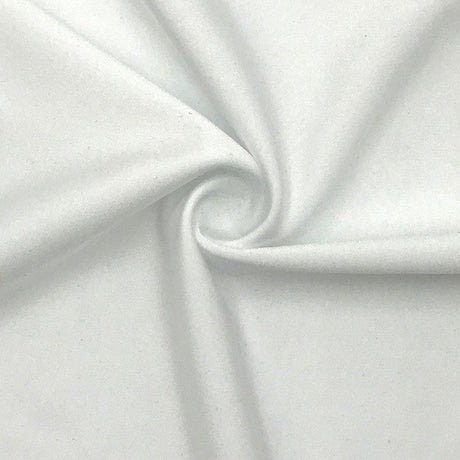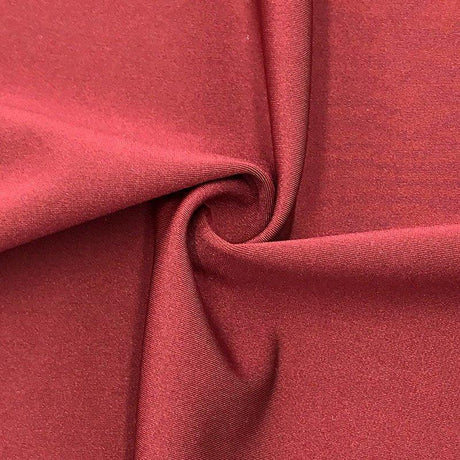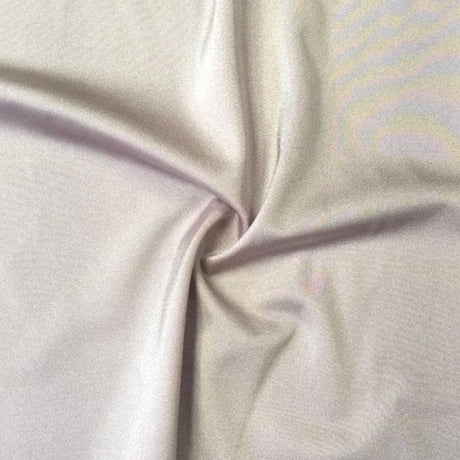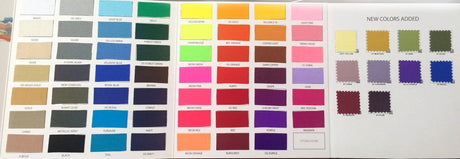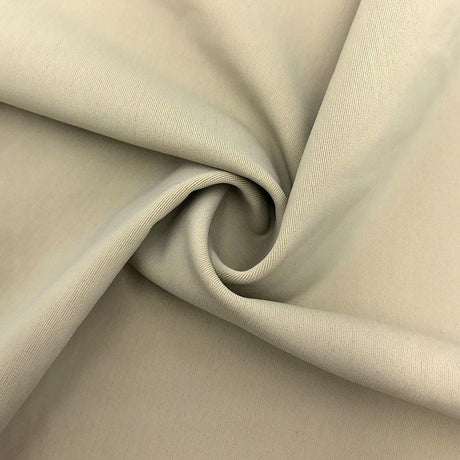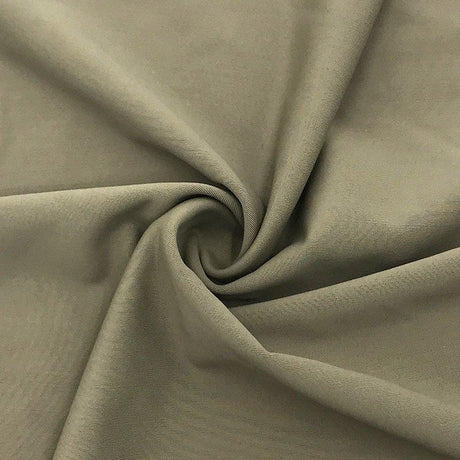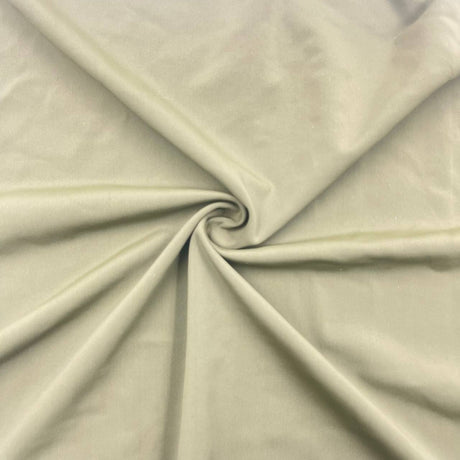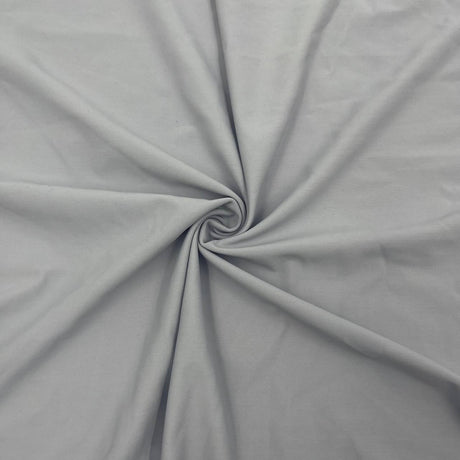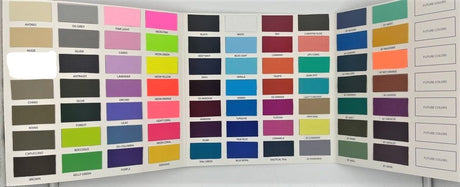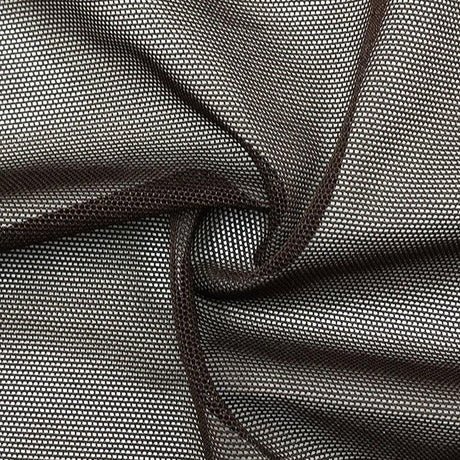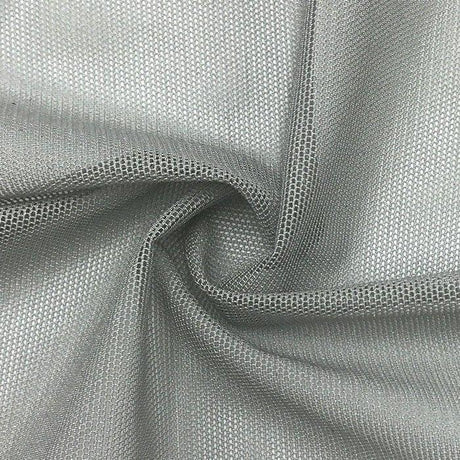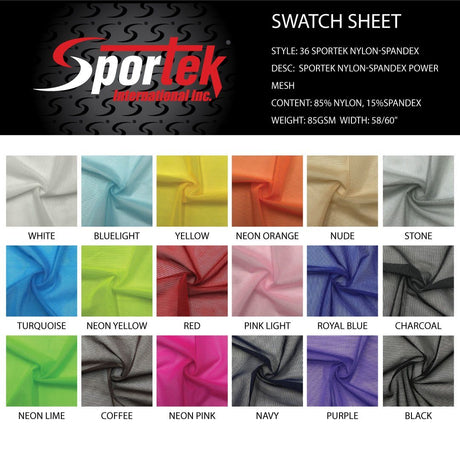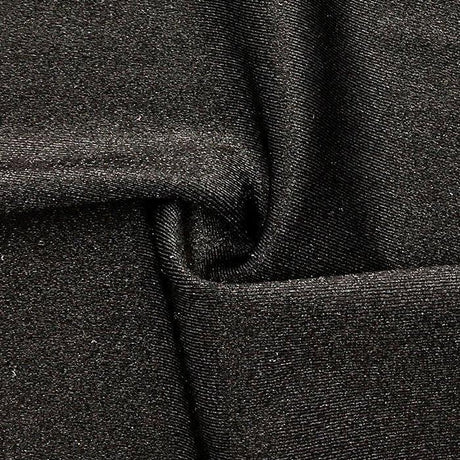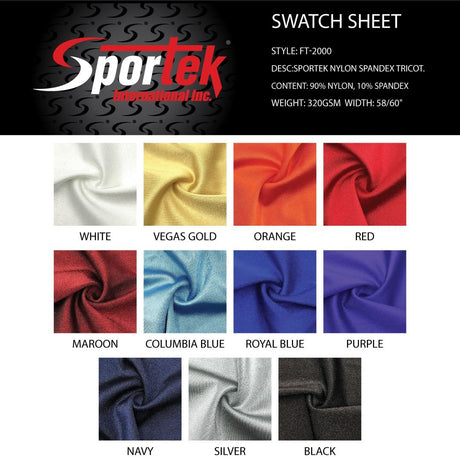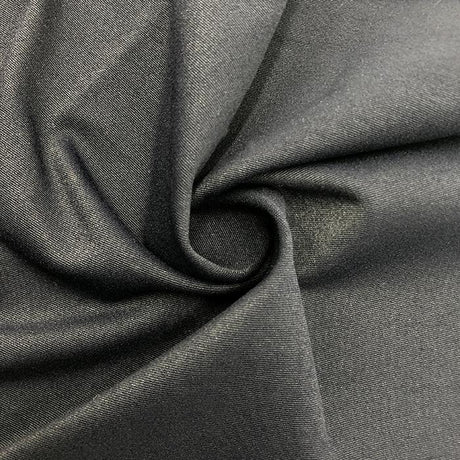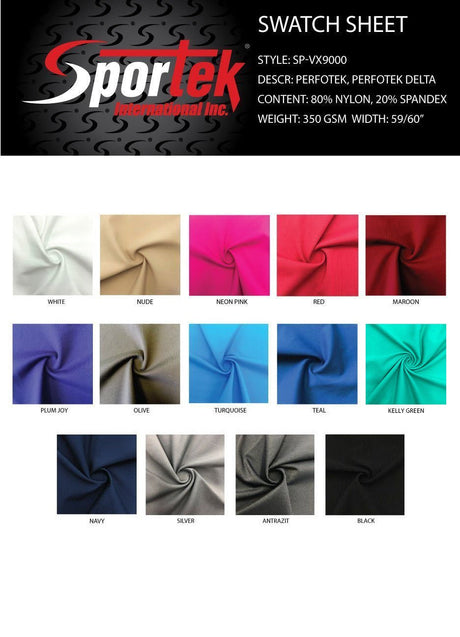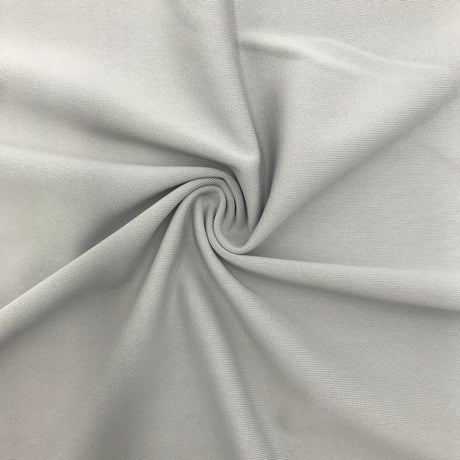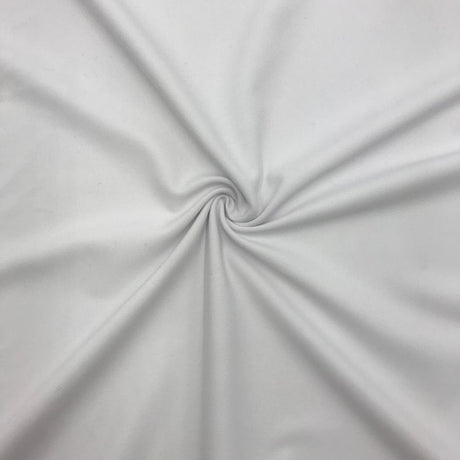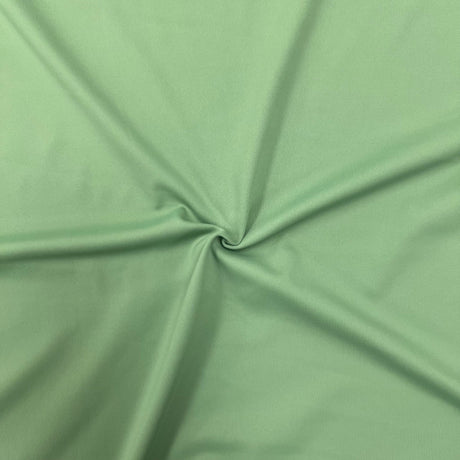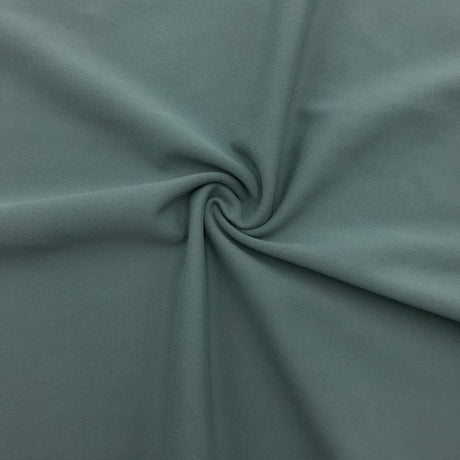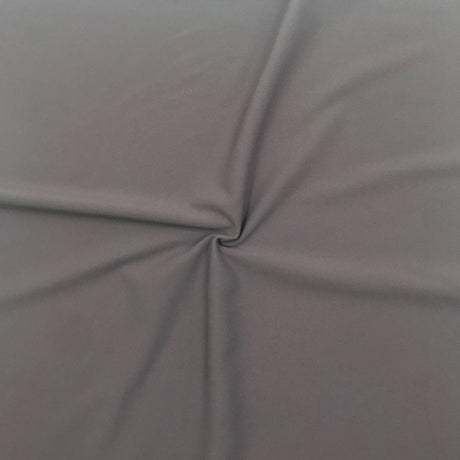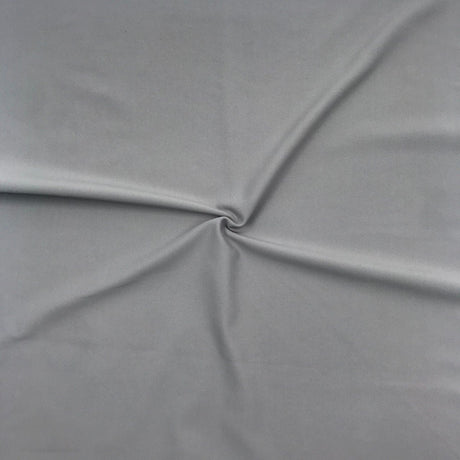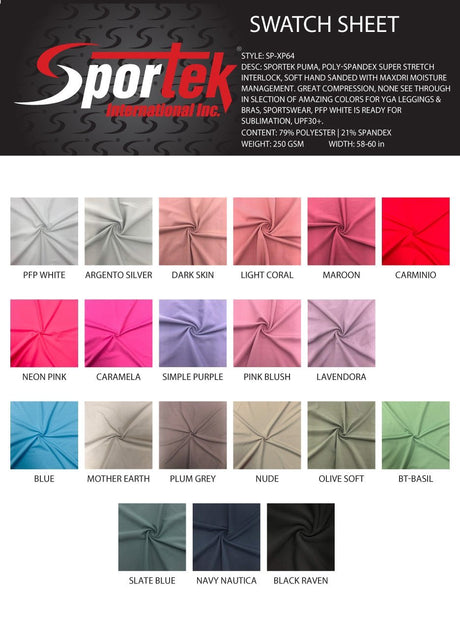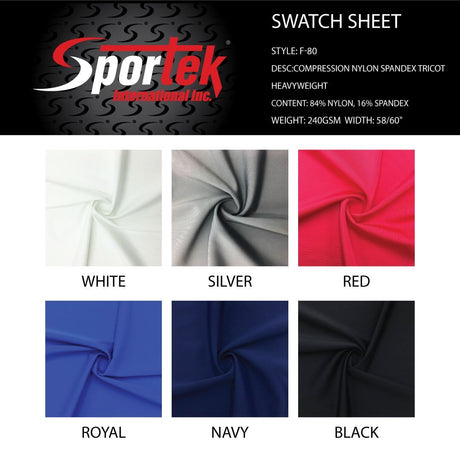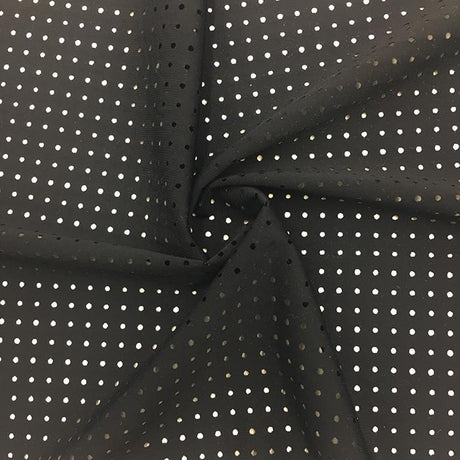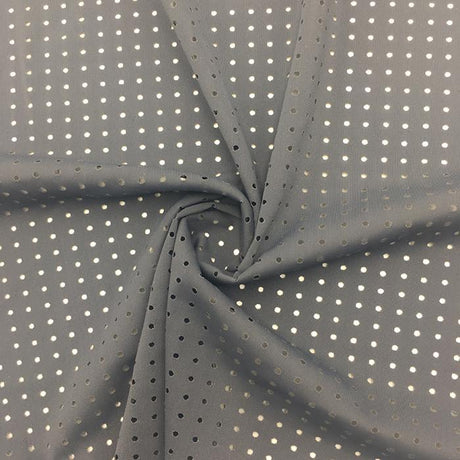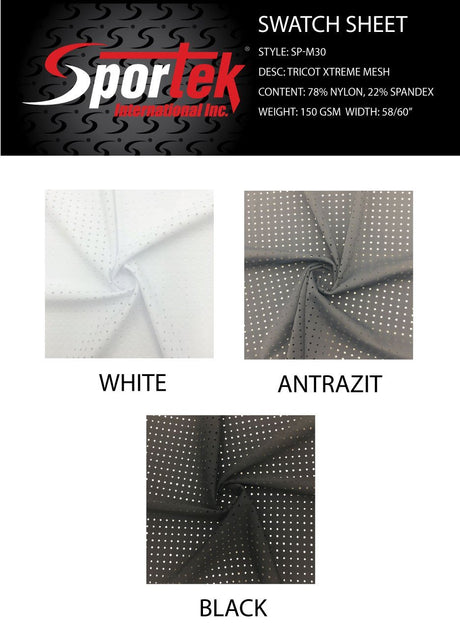For a small business, every dollar counts. A successful negotiation can have a direct and significant impact on your bottom line and your operational efficiency.
1. Increased Profit Margins
The most obvious benefit of a good negotiation is a lower per-unit cost. A small discount of 5-10% on your fabric can translate into a significant increase in your profit margin, which can be the difference between a thriving business and a struggling one.
2. Better Cash Flow and Financial Flexibility
Negotiating for more favorable payment terms—such as a smaller upfront deposit or a longer payment window—can dramatically improve your cash flow. This gives you the financial flexibility to invest in other areas of your business, such as marketing, production, or product development.
3. More Favorable Terms and Services
Negotiation is not just about price. You can negotiate for a variety of other factors that are just as valuable, such as a lower Minimum Order Quantity (MOQ), a faster lead time, free samples, or a more flexible return policy. These more favorable terms can give you a competitive advantage and a higher level of support from your supplier.
4. A Stronger, More Collaborative Relationship
A good negotiation is a relationship-building exercise. By being transparent, respectful, and open to finding a win-win solution, you can build a strong, collaborative relationship with your supplier. A supplier who feels valued and respected is more likely to provide you with a higher level of service, a consistent quality, and a willingness to work with you on future projects.
Part 1: The Pre-Negotiation Phase - The Power of Preparation
A successful negotiation is not about what you say in the room; it's about the work you do before you even sit down. The more prepared you are, the more confident and powerful you will be.
Step 1: Know Your Market and Your Needs
Before you can ask for a better price, you must know what a fair price is.
- Research Market Pricing: Research the market for the fabric you need. What is the average wholesale price for a similar blend, weight, and quality? This will give you a realistic anchor point for your negotiation.
- Understand Your Costs: Know your own production costs, your desired profit margin, and your final retail price. This will give you a clear idea of what you can afford to pay for the fabric.
- Define Your Specifications: Have a crystal-clear idea of the exact fabric you need, including the composition, GSM, stretch, recovery, and any certifications. You must be able to articulate your needs with precision and confidence.
Step 2: Research the Supplier
A negotiation is a two-way street. You must know who you are dealing with.
- Vet the Supplier: As we’ve discussed in previous articles, you must vet your supplier thoroughly. Look for certifications, client references, and a professional digital presence.
- Understand Their Business: Research their production capabilities, their typical MOQs, and their other clients. This will give you an idea of their scale and their potential flexibility.
Step 3: Define Your "Walk-Away" Price
This is the most important part of your preparation. Before you begin, set a firm and realistic price point that you are not willing to go below.
- The Benefit: Having a "walk-away" price gives you the emotional fortitude to end a negotiation if it is not going your way. It prevents you from making a bad decision out of desperation or a fear of losing the deal.
- Be Realistic: Your walk-away price should be based on your market research and your own business's financial needs, not on an arbitrary number.
Part 2: The Negotiation Phase - The Art of the Deal
Now that you've done your homework, it's time to negotiate. The key is to be respectful, transparent, and focused on building a win-win solution.
Step 4: Build a Relationship, Not a Battle
A negotiation is a conversation between two business partners.
- Be Respectful: A respectful tone will go a long way. A supplier is a person with a business to run. By being respectful, you are showing them that you value their time and their expertise.
- Be Transparent: Be honest about your needs, your budget, and your business's goals. A supplier who understands your business is more likely to want to help you succeed.
- Start with a Question: Instead of starting with a demand, start with a question. A great opener is: "I'm looking to build a long-term partnership, and I was hoping we could work together to find a price and terms that are fair for both of us. What's the best you can do for an order of this size?"
Step 5: Don't Just Focus on Price
A negotiation is a holistic process. You can negotiate on a variety of factors that are just as valuable as the price per yard.
- Lower MOQ: You can negotiate for a lower MOQ on your first order. This is a great way to test a new product without a large financial commitment.
- Faster Lead Time: You can negotiate for a faster lead time on a future order.
- More Favorable Payment Terms: You can negotiate for a smaller upfront deposit or a longer payment window.
- Free Samples: You can ask for free samples on a future order or on a larger bulk purchase.
Step 6: Leverage Your Value
You are not just a buyer; you are a business partner with a valuable brand. You must sell the supplier on the value of your business.
- The Long-Term Picture: Emphasize that this is not a one-off order. You are a growing brand, and you are looking to build a long-term, consistent partnership.
- Your Brand's Potential: If you have a strong brand identity, a growing social media presence, or a unique product, you can sell the supplier on the value of being a part of your story.
Part 3: The Post-Negotiation Phase - Securing the Deal
Once you have reached an agreement, you must secure the deal in writing.
Step 7: Get Everything in Writing
This is the most important step in the entire process. Before you place an order, get a formal contract or a purchase order that includes all the agreed-upon terms, including:
- The Final Price: The agreed-upon price per unit.
- Payment Terms: The agreed-upon deposit, payment schedule, and method.
- Shipping and Lead Time: The agreed-upon lead time and shipping method.
- Return Policy: The agreed-upon policy for returns or defective products.
A formal contract will protect you and your business in the event of a dispute.
Step 8: Pay on Time and Build Trust
A negotiation is the beginning of a relationship. By being a reliable, transparent, and respectful partner who pays on time, you are building trust with your supplier. This trust is your most valuable asset and can lead to even better deals, more favorable terms, and a higher level of service in the future.
Case Study: The Tale of Two Buyers
Let's illustrate the power of a good negotiation strategy with a case study.
- Buyer A: Approaches a supplier with a low-ball offer and a demanding attitude. The supplier, feeling undervalued and disrespected, offers them a standard price and a long lead time. The buyer, unwilling to compromise, walks away and finds a cheaper, unvetted supplier. The fabric is inconsistent, the order is delayed, and the final product is a flop.
- Buyer B: Approaches a supplier with respect and transparency. They share their brand's vision and their long-term goals. They negotiate on price, but also on a lower MOQ for their first order and a faster lead time. The supplier, seeing the potential for a long-term partnership, offers them a fair price and agrees to the terms. The fabric is high-quality, the order is on time, and the product is a success. The buyer has built a strong relationship that will continue to benefit their business for years to come.
Conclusion
Negotiating with a spandex supplier is not a battle; it is a strategic, relationship-based process that is built on a foundation of preparation, transparency, and trust. By arming yourself with the knowledge to vet a supplier, to define your needs, and to negotiate on a variety of factors beyond price, you can move from a passive buyer to a proactive negotiator.
A good negotiation is a win-win solution that benefits both parties. It leads to a better price for you, a more collaborative relationship with your supplier, and a stronger, more profitable business.
Ready to explore a world of quality fabrics? At SpandexByYard.com, we pride ourselves on transparency and quality. We offer a wide selection of high-quality fabrics at a fair price and are always willing to work with our partners to find a solution that works for everyone. Explore our collection and build your brand on a foundation of integrity.



